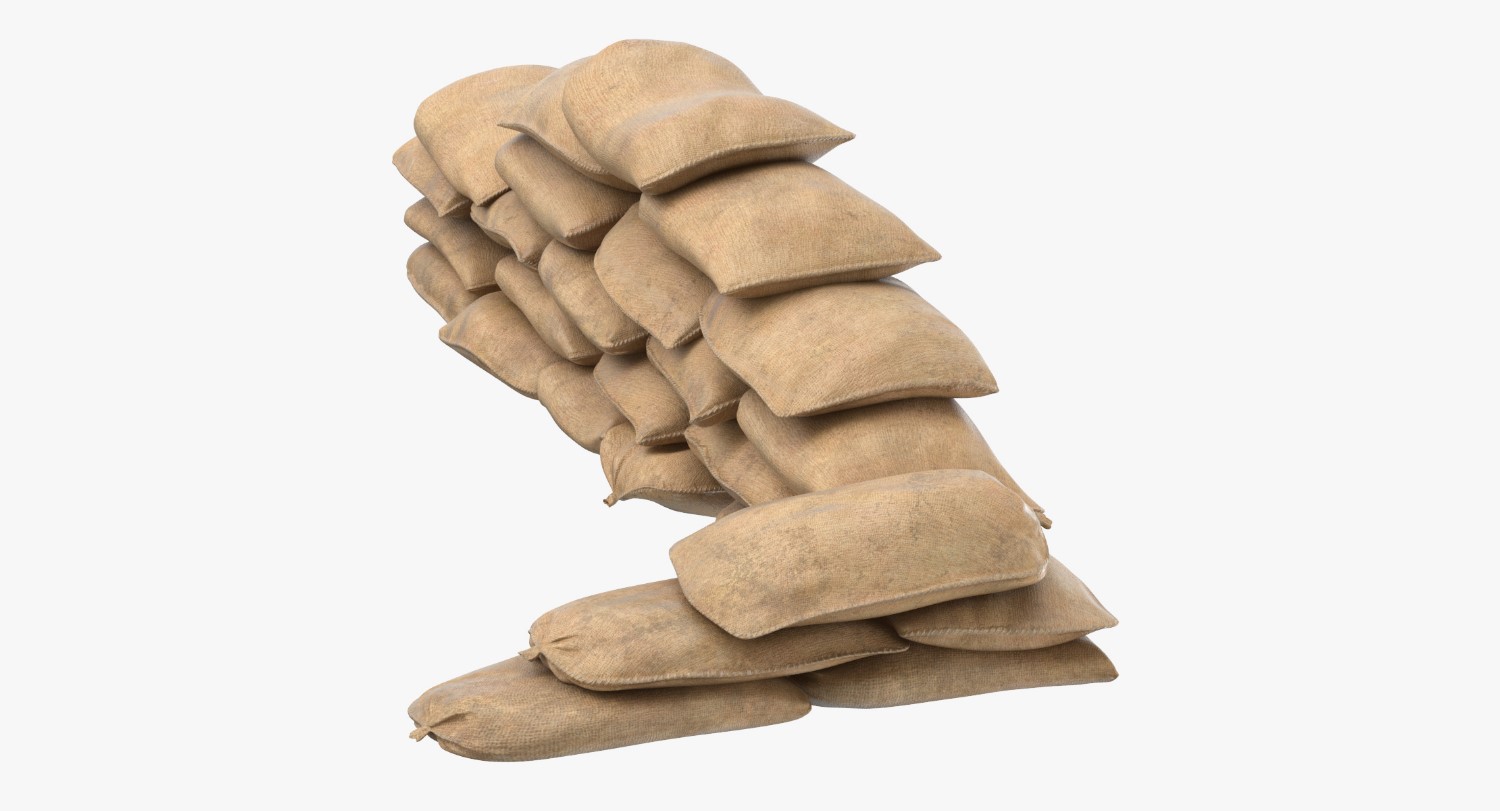IMSA Releases Daytona Starting BoP
 |
| BoP is the gift every manufacturer prays for. Get caught cheating and IMSA will be less likely to gift you a BoP adjustment |
Balance of Performance – or BoP, as it’s commonly known – is often mentioned by drivers, teams and manufacturers in sports car racing.
But what is it and why do we have it?
IMSA takes a closer look at what BoP does and how IMSA will use it in the 2020 season that kicks off with the Roar Before the Rolex 24 At Daytona on Jan. 3-5.
BoP 101
Let’s start here.
Most other forms of motorsports around the world have one driver per car, and each car is built to the same or very similar technical specification. At the end of most races, there is one winner.
Sports car racing is different. You’ve got multiple drivers sharing the same car. You’ve also got multiple classes of race cars competing at the same time, and within each of those classes, you’ve got markedly different car configurations and technologies.
Those differences are what makes sports car racing so appealing to race fans. The diversity of cars and manufacturers provide a visual spectacle and auditory symphony unlike anything else in motorsports.
And that’s also why we have BoP.
[adinserter name="GOOGLE AD"]The 2020 IMSA WeatherTech SportsCar Championship again will have four different classes. In the flagship Daytona Prototype international (DPi) class, there will be normally aspirated V8-powered Cadillacs competing against twin-turbo V6-powered Acuras and turbocharged, four-cylinder Mazdas. All DPis are mid-engined.
In the GT Le Mans (GTLM) class, we have the BMW M8 GTE with a front-engined, turbocharged V8. The new Corvette C8.R is now mid-engined with a normally aspirated V8, while the Porsche 911 RSR has a flat, six-cylinder normally aspirated engine also mounted ahead of the rear axle. The Ferrari 488 GTE has a mid-engined, twin-turbocharged, V8 configuration.
The GT Daytona (GTD) class will have 10 different models competing with a variety of layouts and engine types. The Acura NSX GT3 is a twin-turbo, mid-engined V6. Like its GTLM brethren, the Ferrari 488 GT3 also has a mid-engine, twin-turbo V8, as does the McLaren 720S GT3, which will open its 2020 IMSA WeatherTech Sprint Cup season at April’s Acura Grand Prix of Long Beach. The Audi R8 GT3 LMS and Lamborghini Huracán GT3 each have normally aspirated V10s with a mid-engine configuration.
The Aston Martin Vantage GT3 and BMW M6 GT3 use twin-turbocharged V8s and a front-engine configuration.The Mercedes-AMG GT3 and Lexus RC F GT3 are front-engined too, but use naturally aspirated V8, while the Porsche 911 GT3 R still uses its longstanding, normally aspirated, flat-six engine situated behind the rear wheels.
The LMP2 class is the closest thing to “spec," with all of the mid-engined cars using normally aspirated Gibson V8 engines. However, the class is open to chassis built by four different constructors and BoP is not used in this class.
The different engines and configurations are only part of the equation. The mass and weight distribution of each car, especially in the GT classes, can differ substantially between models, and each also has its own aerodynamic capabilities.
With such different vehicles competing against each other, BoP is the mechanism IMSA uses to put the cars in each class on as level a technical playing field as possible. For the DPi and GTLM classes, IMSA’s goal is to have every car within a performance window of 0.3 percent, and a 0.5 percent window in GTD.
That means the fastest DPi or GTLM car would cross the finish line three tenths of a second ahead of the slowest car in class at the end of a 100-second lap. Visually, we’re talking about the length of a conference room table.
In GTD, it’d be half a second from fastest to slowest, which is the length of a slightly larger conference room table. In all cases, it’s little more than a blink of an eye.
In terms of performance windows, that’s tiny from a technical perspective. As a result, the outcome of each race should ultimately come down to driver skill, pit crew prowess and race strategy as opposed to one car’s technical superiority over another.
A similar process also is used for the IMSA Michelin Pilot Challenge, where substantial diversity among manufacturers and technology is found in both the Grand Sport (GS) and TCR classes. Between the WeatherTech Championship and Michelin Pilot Challenge, a total of 17 different manufacturers will compete in 2020.
What’s in the Toolbox?
 |
| Teams play games like sandbagging in hopes IMSA will give them a BoP boost. |
Now that we’ve established what the goals are with BoP, let’s look at the tools IMSA uses to get there.
The first tool is Timing & Scoring data. In the earliest days, this was the one and only mechanism used to establish BoP.
The fastest cars on the time charts generally received more mass or perhaps a smaller air restrictor in the engine to reduce horsepower. Slower cars had mass removed and/or larger restrictors, and in a perfect world, every car met in the middle. For cars with turbocharged engines, upward and downward changes in boost pressures were made.
Unfortunately, strictly looking at Timing & Scoring data was not enough. Again, we’re talking about cars that in many cases are radically different from others they’re competing against.
And while they may be close in overall lap time, how each car achieves that lap time can vary. Cars can be faster on straightaways and slower through turns and vice versa. If that’s the case, one car could have an insurmountable advantage over others depending on track configuration and characteristics.
Also, when you combine highly professional race teams and drivers and world class manufacturers, they’re all looking for the slightest BoP advantage they can get. They mastered the art of masking their car’s true performance from a Timing & Scoring perspective long ago.
That led to the introduction of a new tool for IMSA to use in BoP, the independent data loggers now installed on every car. These loggers provide a much more complete and unfiltered picture of each car’s performance.
Along with the implementation of data loggers came the introduction of the eight-person IMSA Technical Committee (ITC). Members of the ITC carefully analyze Timing & Scoring results and data from the loggers immediately following each race and produce reports with any recommended adjustments based on each car model’s observed performance.
Once the ITC’s post-race analysis has been completed, conference calls and online presentations are held with all manufacturers in each class. This provides a forum for the manufacturers to present any BoP issues that their own data and post-race analysis may suggest and to see how cars from other manufacturers are performing in their class.
Setting the BoP
 |
| Teams try to play IMSA like a Fiddle by sandbagging to gain a BoP boost but IMSA is wise to their tricks |
After thorough analysis, meetings and presentations, the ITC meets a final time to establish the BoP for the next event. BoP tables are published no later than seven days prior to the first day of official on-track activity for each event.
Common BoP changes include adding or removing mass, changing the size of the air restrictor for normally aspirated engines or boost pressures for turbocharged engines, or changing maximum RPMs. In the DPi class, BoP changes also may be made to a model’s aerodynamic configuration.
Fuel capacity is another tightly controlled variable through BoP to ensure similar stint lengths for each car in a class. In addition, fuel flow restrictors and autonomous pit lane fuel take sensors are used to measure refueling times and ensure that each class’ minimum full-tank refueling time regulation is not violated.
Where are We Now?
On the day after the Motul Petit Le Mans wrapped up the 2019 IMSA WeatherTech SportsCar Championship, IMSA hosted a collaborative meeting with all participating manufacturers to solicit their feedback related to improving the BoP process for 2020.
A follow-up meeting earlier this month led to revised BoP regulations for 2020. It reaffirms IMSA’s data-driven process, while at the same time introducing more “human oversight" of the ITC at the request of the manufacturers.
“IMSA and our OEM partners share the common goal of providing the most competitive form of sports car racing for IMSA fans," said IMSA President John Doonan. “The IMSA Balance of Performance process continues to evolve to ensure the core competitive elements of IMSA sports car racing provide the necessary entertainment and value to our audience and stakeholders.
“The IMSA Technical Committee has worked tirelessly on these modifications for 2020 and it should make for close and competitive racing throughout the season."
The revised regulation has been detailed in the 2020 IMSA Sporting Regulations for both the WeatherTech Championship and Michelin Pilot Challenge. The ITC will introduce a new metric aimed a better representing a car’s overall pace during a stint known as the “Weighted Sorted Sector Lap" (WSSL).
The WSSL uses a larger percentage of a car’s demonstrated performance and will be used to compliment the previously used “Weighted Eclectic Lap" (WECL), which mainly focuses around peak performance.
IMSA also will continue to utilize recorded wind tunnel data, engine dyno data and logged car data as a reference to monitor the performance of all cars within each specific class. Fuel consumption and fuel flow also will continue to be closely monitored to ensure stint-length compatibility, allowing teams to make the difference based on their choices to run full-rich or save fuel during the race.
Daytona 2020 – Starting BoP
The specific and unique nature of the 3.56-mile Daytona International Speedway circuit requires a unique approach to BoP for the Roar Before the Rolex 24 on Jan. 3-5 as well as for the Rolex 24 At Daytona event weekend on Jan. 23-27.
The starting BoP tables for Daytona released today have been based upon the ITC’s post-race analysis and corrected BoP from the 2019 Rolex 24 At Daytona. Race performance metrics were generated by the best example of each manufacturer’s car in dry conditions. Wet weather performance also was analyzed but did not play a role in the 2020 Daytona BoP.
For the DPi class, performance will remain at the same median class level as the 2019 Rolex 24 At Daytona. In GTLM, the BMW M8 GTE will serve as the baseline performance level due to the introduction of new homologations for the Corvette C8.R and Porsche 911 RSR.
To establish BoP for those new models, a combination of FIA/ACO wind tunnel and dyno testing data and subsequent IMSA aero and dyno testing validation was used.
In the GTD class, a small, class-wide reduction in lap-time performance will be implemented through reductions in power and mass. The main goal, driven by manufacturer and team feedback, is to address previous top-speed interactions between GTLM and GTD cars.
IMSA expects these reductions will result in even closer competition within each class. In addition, the reduction in mass for GTD cars is expected to better align tire degradation over the course of a stint for all cars regardless of mass. These changes were successfully validated during November’s Michelin IMSA SportsCar Encore at Sebring International Raceway in November.
Looking Ahead
Starting with BoP for the March 21 Mobil 1 Twelve Hours of Sebring Presented by Advance Auto Parts, the ITC will analyze data from each 2019 WeatherTech Championship event as generated by the best example of each manufacturer’s car.
Once the BoP for all 2019 events, excluding Daytona, have been corrected, the ITC will take these track, manufacturer and class-specific values and calculate a season-long average. This calculation, in addition to any other available data, will be used to establish the starting BoP for Sebring.
Based on the experience of 2019, along with stakeholder and manufacturer input and necessary process analysis, IMSA and its manufacturer partners agree this approach provides for any 2019 season-long development will be effectively captured.
The end result is expected to enable teams and drivers – and not BoP – to determine the outcome of every race.
The 2020 Rolex 24 At Daytona will take place January 25-26. Tickets are available at www.DaytonaInternationalSpeedway.com. IMSA.com
